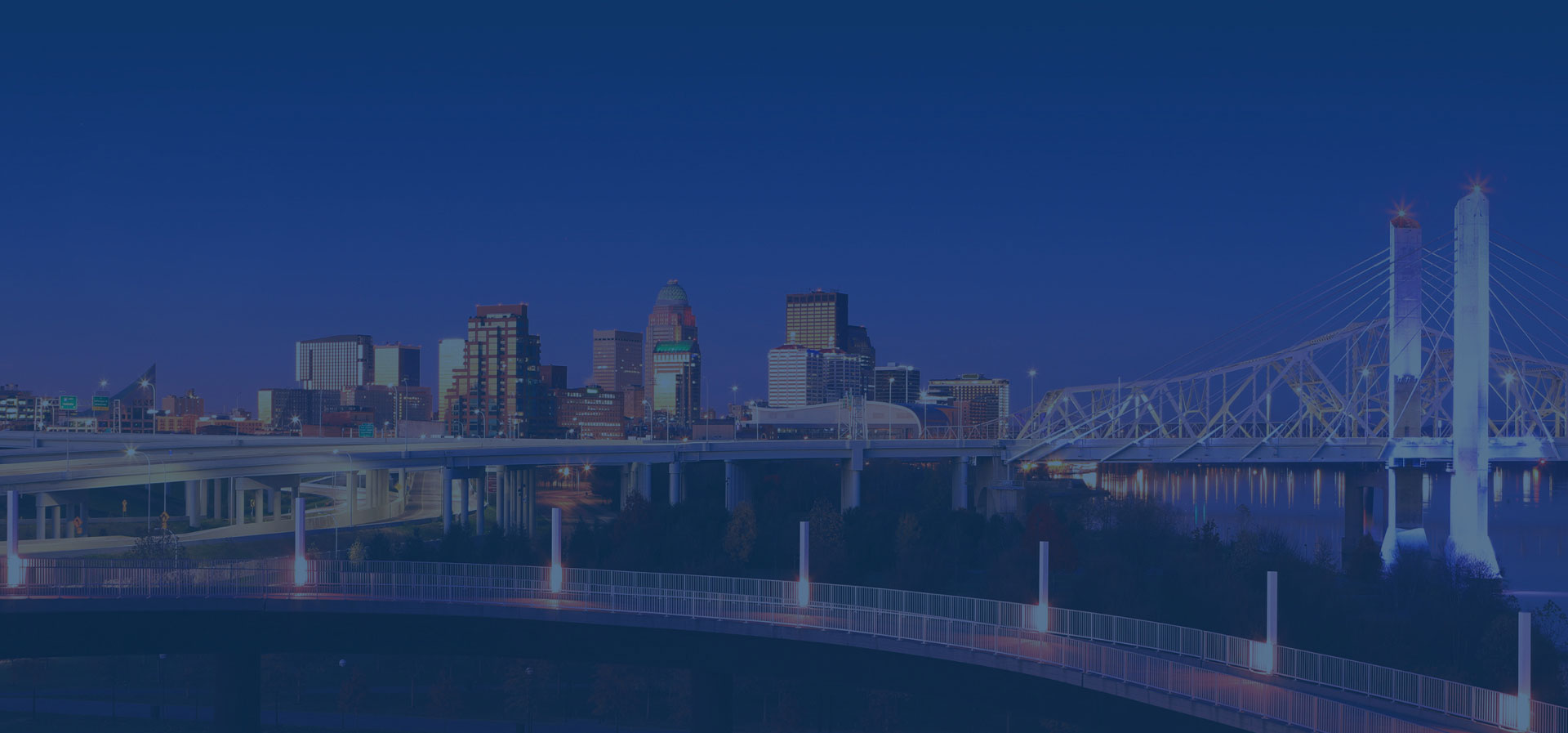Many people declare bankruptcy as a way of getting rid of their debts. Just as many people, if not more, wonder how this is possible. What happens to the debts after a person declares bankruptcy? Do the lenders ever get the money that they are owed? This depends largely on the type of bankruptcy that a person declares. For the purposes of this blog, we will discuss two basic types of bankruptcy in Kentucky and what happens to an individual’s debt in each case.
Chapter Matters
The first is Chapter 7 bankruptcy, also known as “straight bankruptcy.” In this case, the debtor is completely unable to pay back the lender the money owed, even if given extra time. The courts will seize and protect all of the debtor’s assets while the case is decided, and then make one of several decisions. If the debtor has several superfluous assets that could be sold to pay back some of those debts, the assets will be seized by the court and the money paid to the lenders. If the debtor cannot pay back the debts by any means, the debts are completely discharged and the debtor keeps what necessary assets he or she has left.
In Chapter 13 bankruptcy, the court allows the debtor to keep his or her assets, but the debts must be paid back in full or to an agreed upon settlement. The court will work with all parties to develop a new time frame for repayment of the debts, and all of the debtor’s disposable income will go towards paying off the debts until the lender has received what is due. More information can be found through further research.

